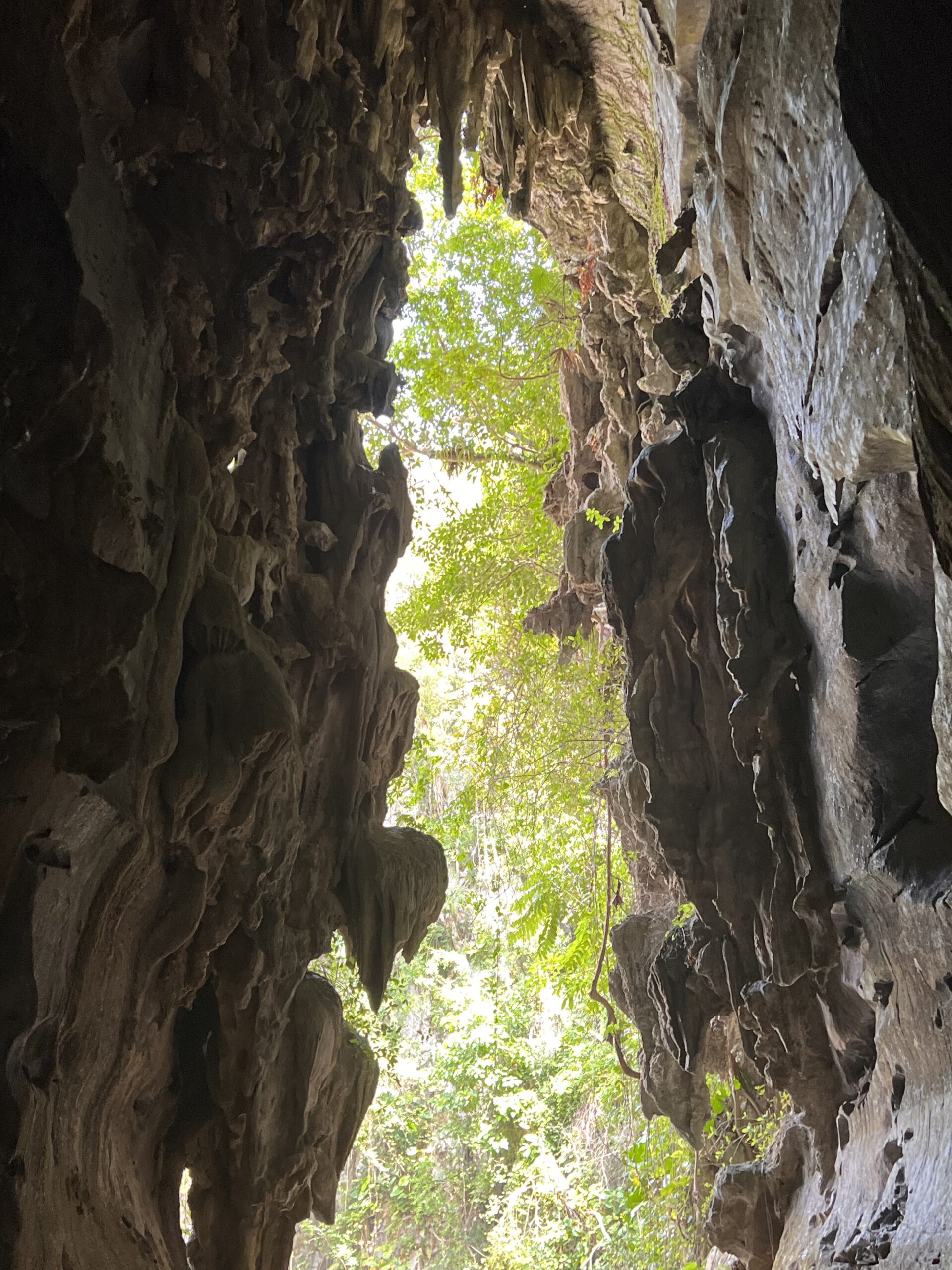Saphenion® Rostock: Venenkleber versus Radiowelle:
Venenkleber versus Radiowelle – 135 Monate: Seit nunmehr fast 25 Jahren wird die Varikosis zunehmend kathetergestützt endovenös therapiert. Am Anfang stand das recht umständliche VNUS® Closure-Verfahren und der einfacher bedienbare Linearlaser. Darauf folgten 2006/2007 der bipolare RFITT®-Katheter und das VNUS® – ClosureFast System sowie der Radiallaser.
Gesagt werden sollte aber der medizinsch historischen Wahrheit folgend, dass bereits seit 1911 endovenöse Verödungstherapien entwickelt und eingesetzt wurden. Und bereits Ende der 20er Jahre setzten in Deutschland viele Chirurgen die Verklebungstechnik mit Zuckerlösungen ein. Auch Ferdinand Sauerbruch und sein Oberarzt Bierendempfel von der Berliner Charitè waren Freunde dieser Methode.




